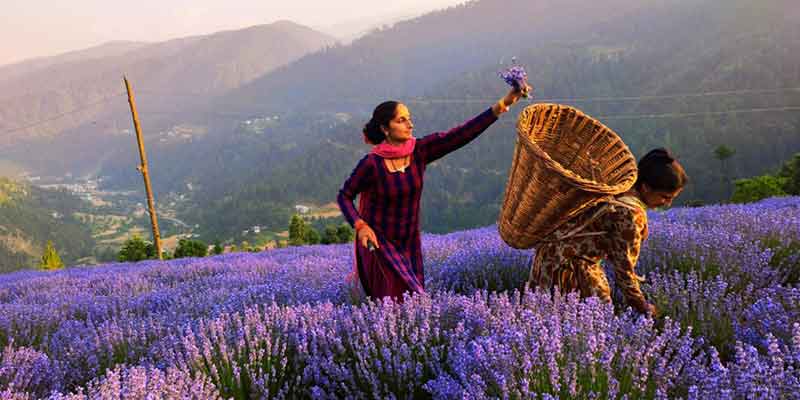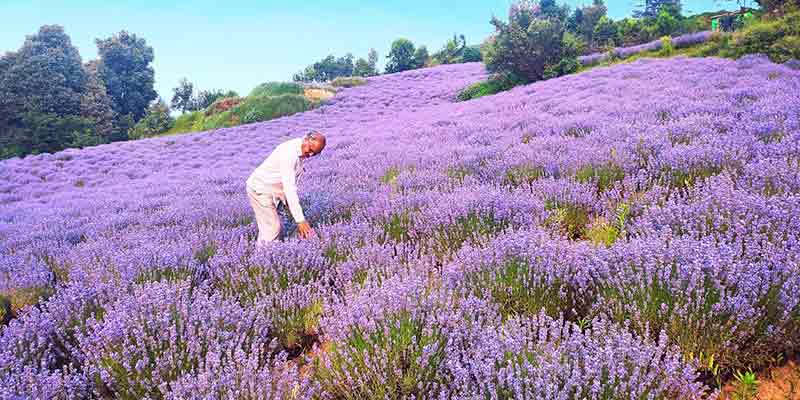- India
- Jun 06
Explainer - Purple Revolution in J&K
Union Minister Jitendra Singh inaugurated the two-day ‘Lavender Festival’ in Jammu & Kashmir’s Bhaderwah Valley. The minister said the Union Territory has emerged as the “lavender capital of India” and a prominent agri-startup destination. He described Bhaderwah as the birthplace of India’s ‘Purple Revolution’, highlighting the region’s success in promoting lavender cultivation and nurturing agri-startups.
Purple Revolution in J&K
• The Aroma Mission launched by the ministry of science & technology through the Council of Scientific & Industrial Research (CSIR) has led to the “Purple Revolution” in India.
• The CSIR-Aroma Mission has been instrumental in promoting lavender cultivation in the temperate regions of Jammu & Kashmir. Its primary goal is to increase the income of small and marginal farmers and foster the development of agriculture-based startups.
• Lavender was introduced to the temperate regions of the Jammu division by the Indian Institute of Integrative Medicine (IIIM) under the CSIR-Aroma Mission in 2018.
• As part of the mission, the CSIR-IIIM has provided more than 30 lakh free lavender plants to farmers in different districts of Jammu & Kashmir.
• CSIR-IIIM introduced lavender to farmers in Doda, Ramban, Kishtwar, Kathua, Udhampur, Rajouri, Pulwama, Anantnag, Kupwara and Bandipora districts of J&K. It provided free quality planting material and an end-to-end technology package on cultivation, processing, value addition and marketing of the lavender crop to farmers.
• To aid the processing of lavender, the CSIR-IIIM has installed 50 distillation units at various locations across Jammu & Kashmir.
• Over many decades of scientific interventions, the CSIR-IIIM has developed its elite variety (RRL-12) and agrotechnology of lavender. This variety is highly suitable for cultivation in the rainfed temperate regions of India.
• Lavender cultivation has employed large numbers of farmers and young entrepreneurs in the geographically remote regions of J&K.
• Due to the intervention of CSIR-IIIM, a new industry around lavender cultivation has developed in the region.
• Women are primarily employed in the lavender fields for harvesting and processing the flower, which has increased women’s income in the region.
• Many young entrepreneurs have started small-scale businesses through the value addition of lavender oil, hydrosol, and flowers.
• CSIR-IIIM conducted many skill development programmes and trained more than 2,500 farmers and young entrepreneurs from J&K on lavender cultivation, processing, value addition, and marketing.
• The net annual income of farmers who switched from maize to lavender cultivation has increased many folds from around Rs 40,000-60,000 to Rs 3,50,000 to Rs 6,00,000 per hectare.
• Lavender oil sells for Rs 10,000 per litre. Other popular products include medicines, incense sticks, soaps and air fresheners.
Manorama Yearbook app is now available on Google Play Store and iOS App Store



